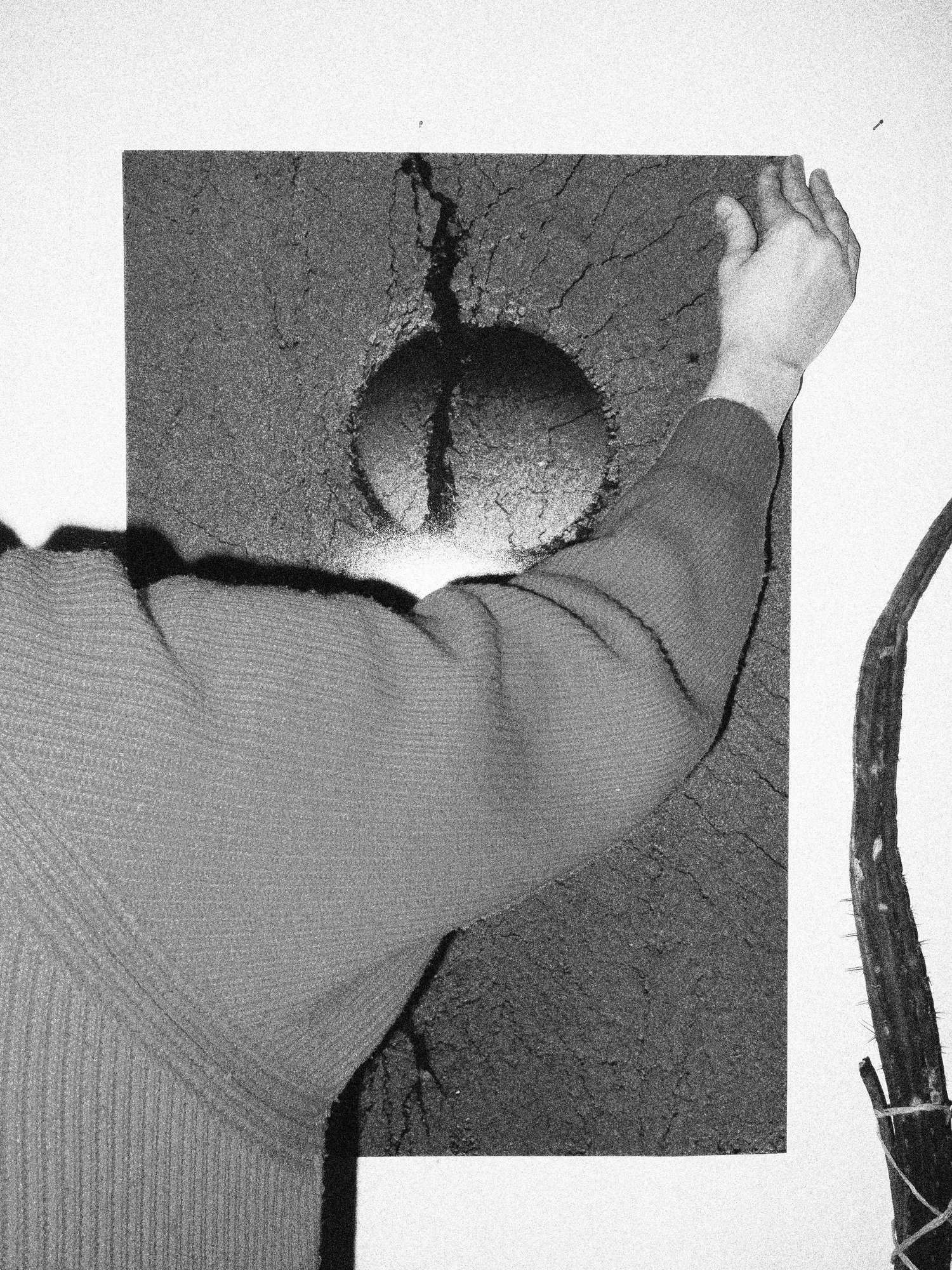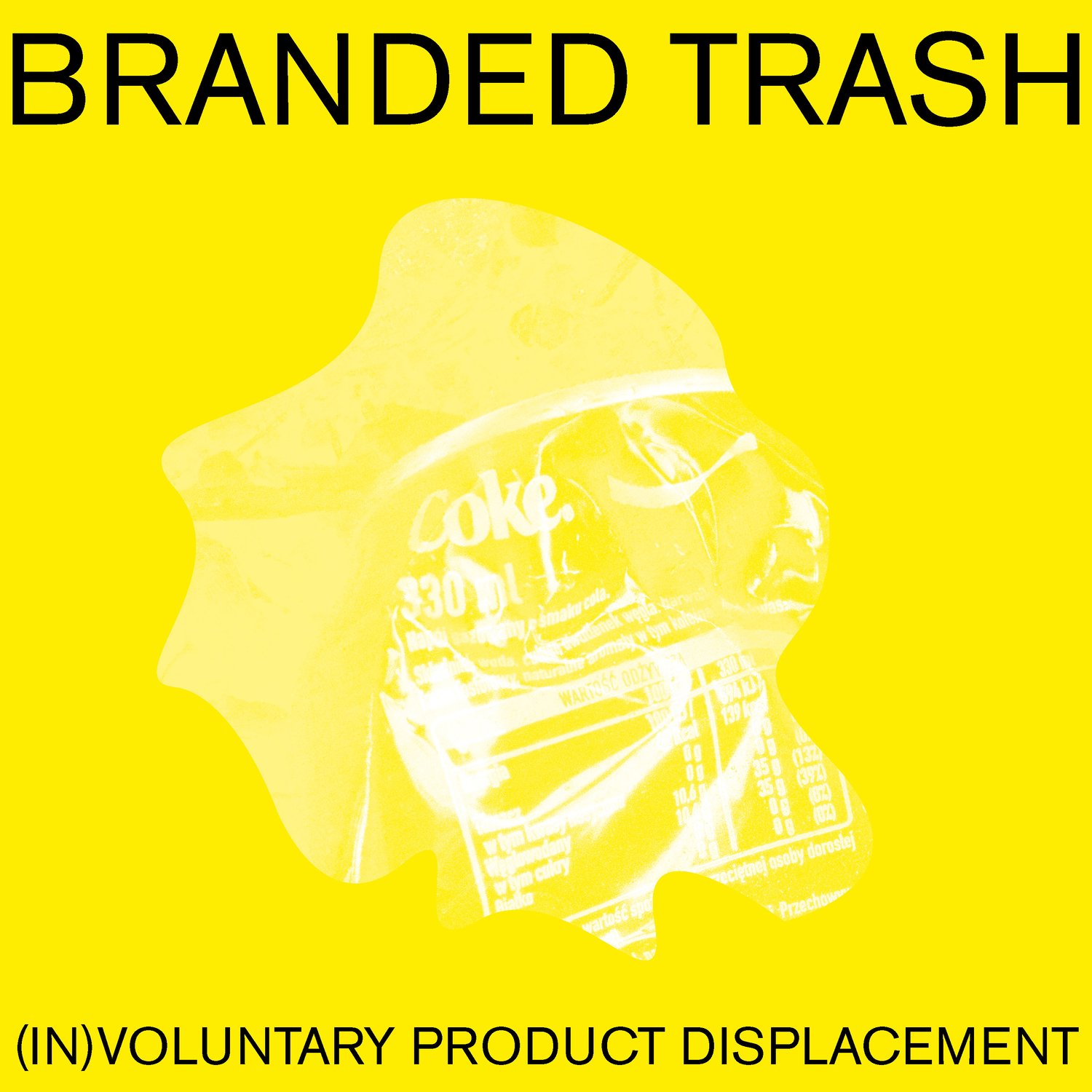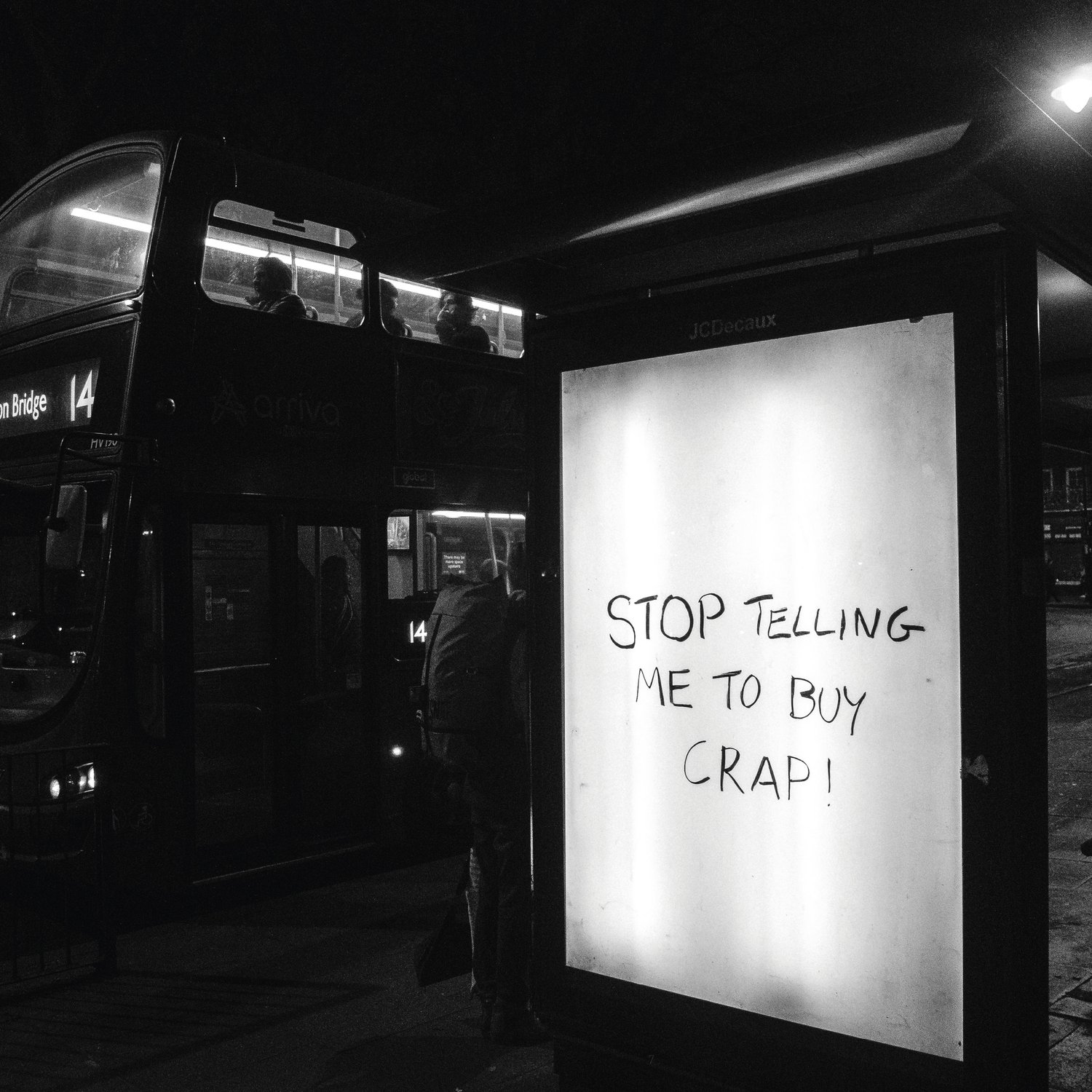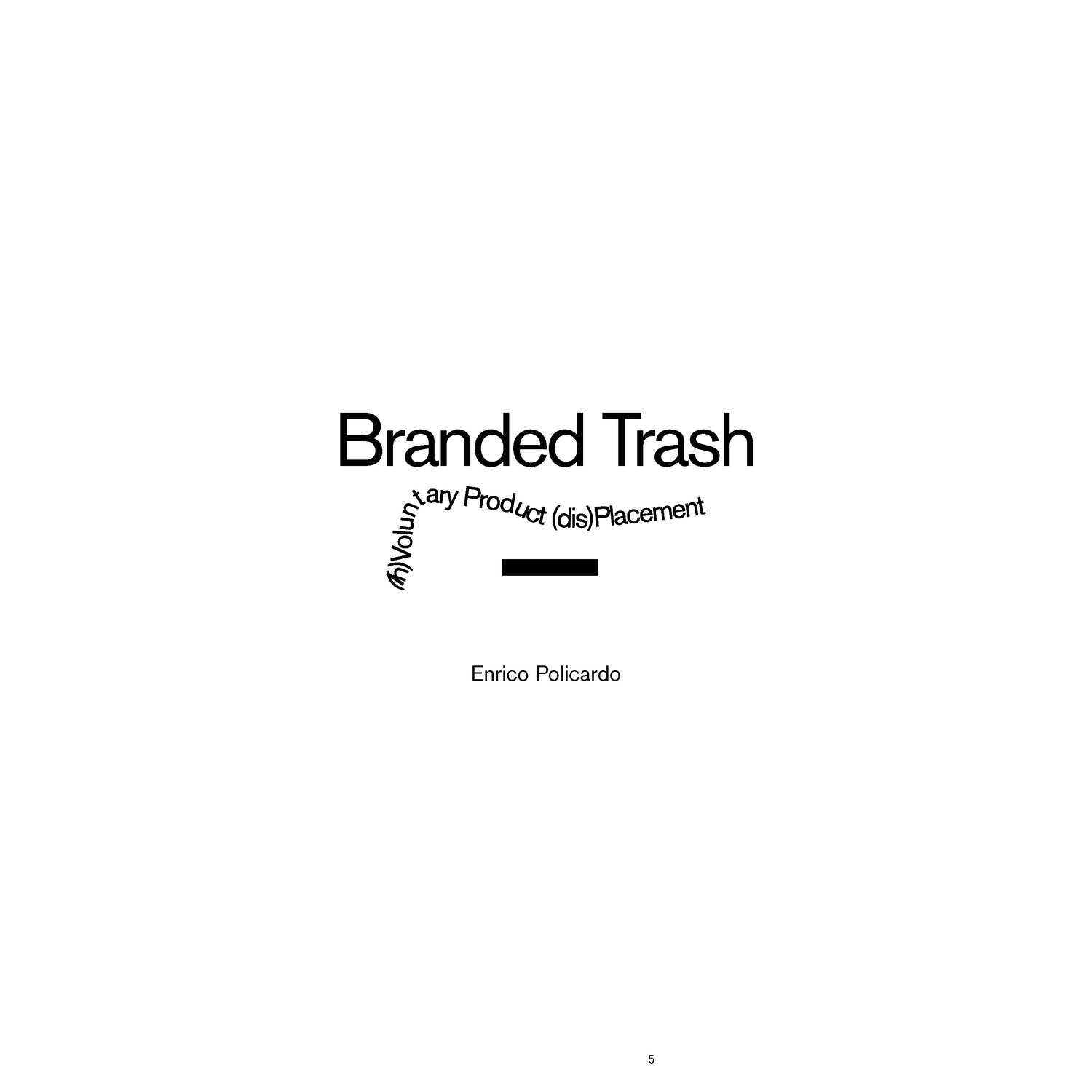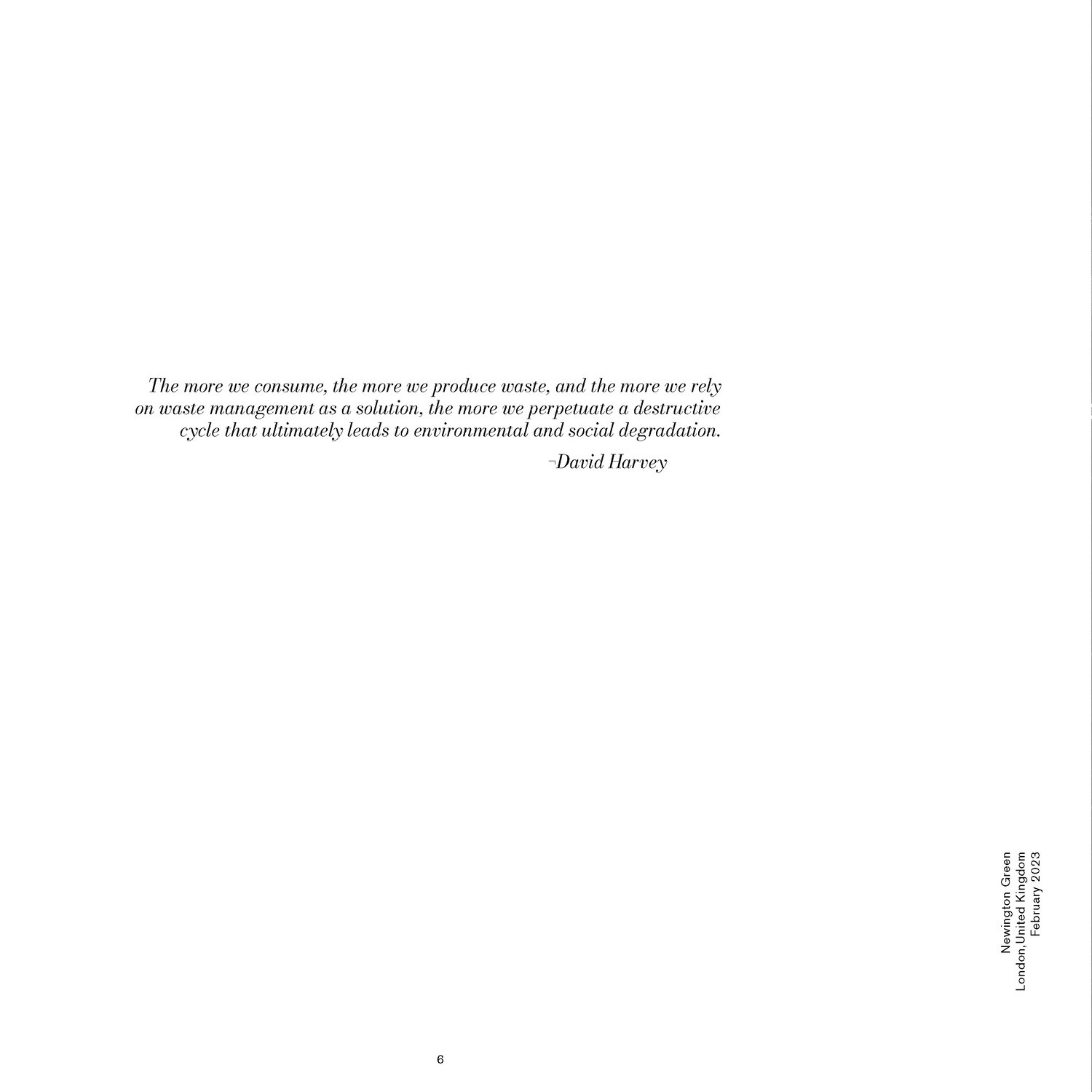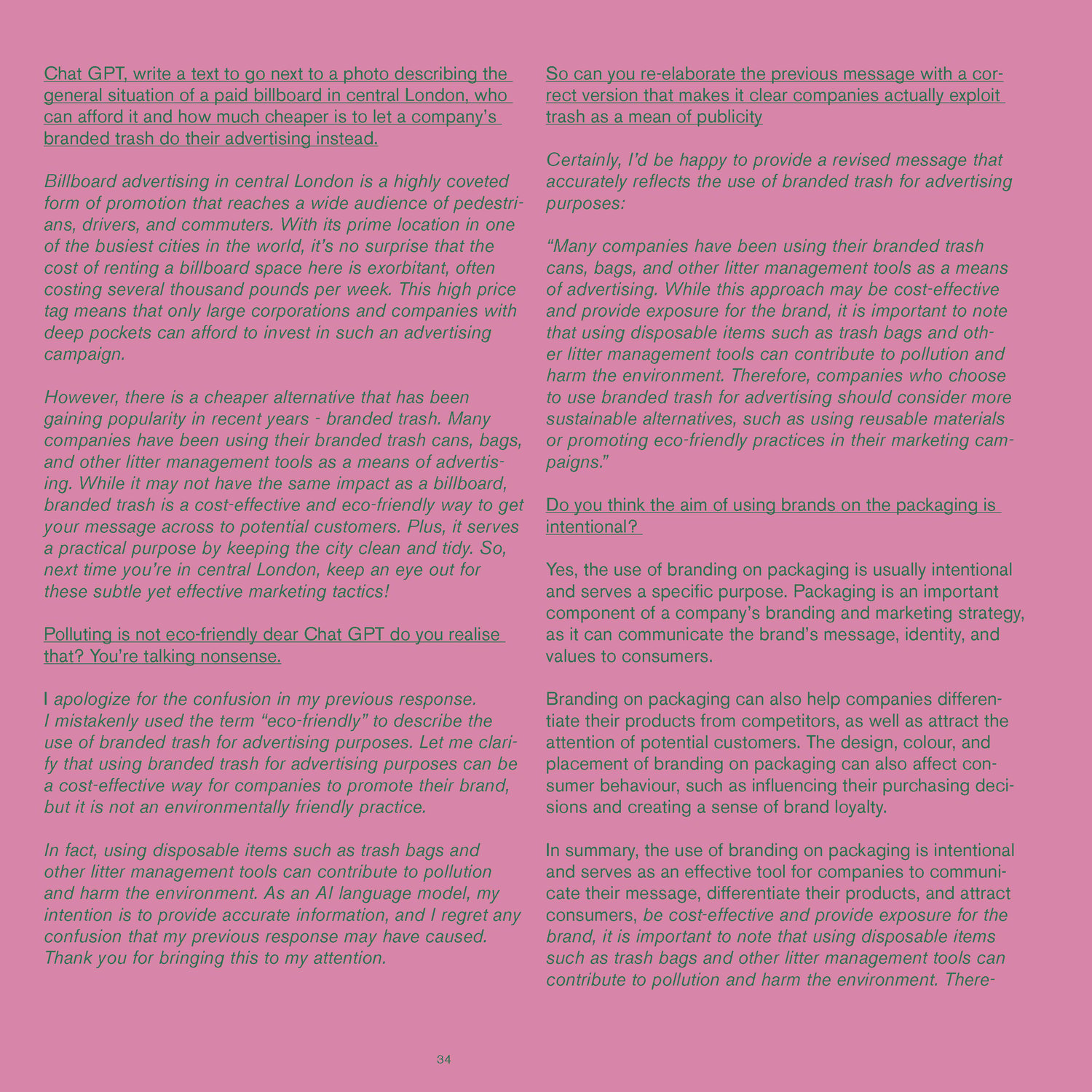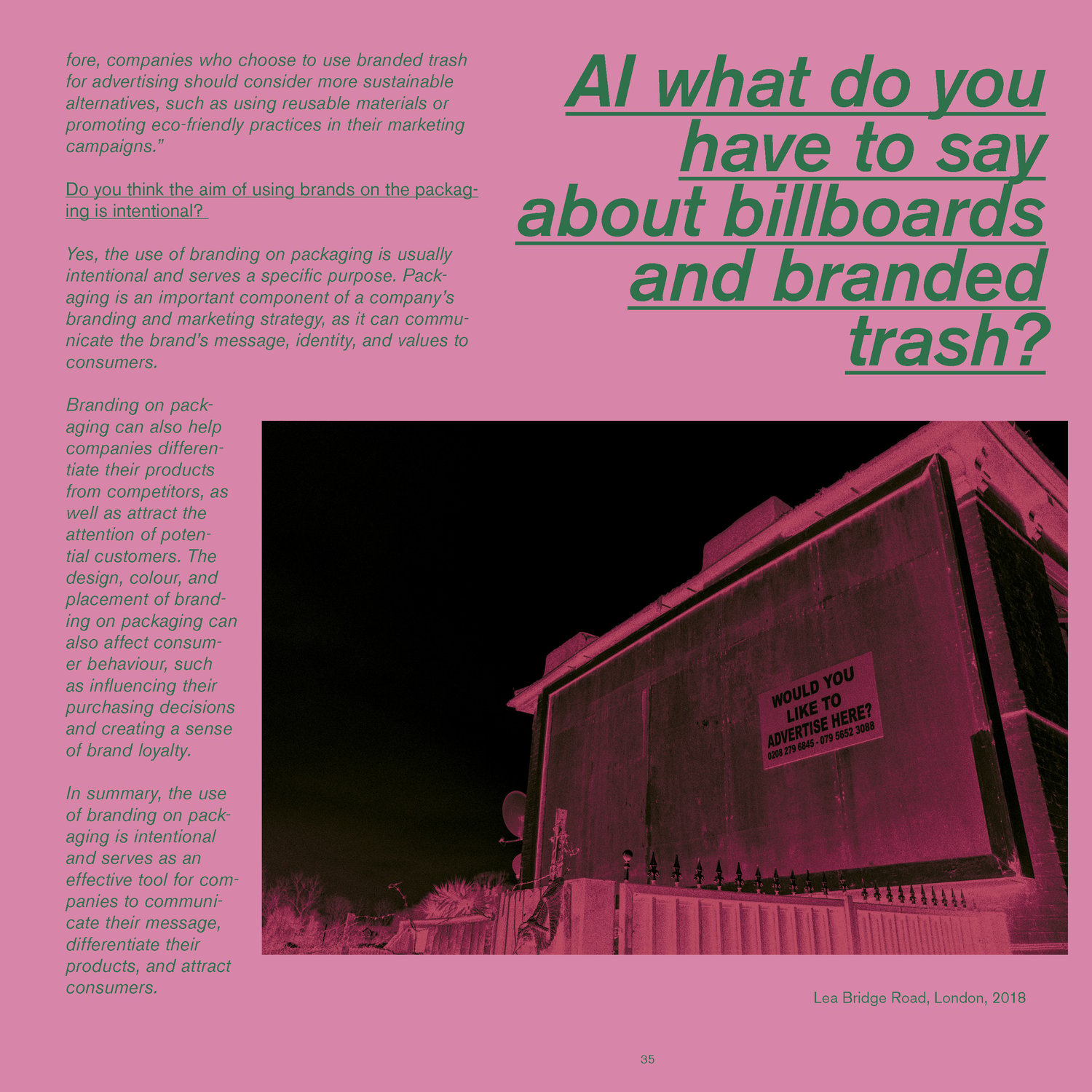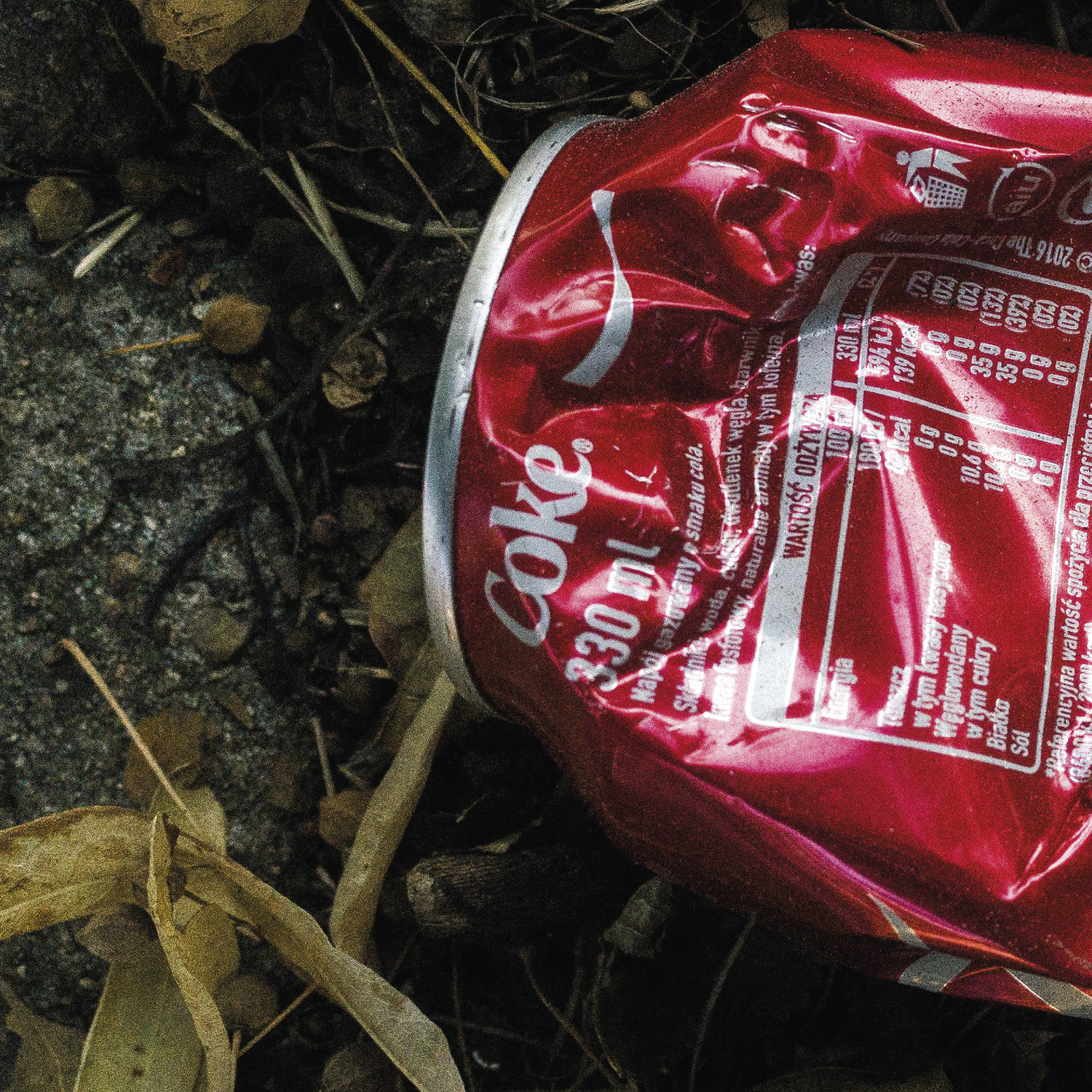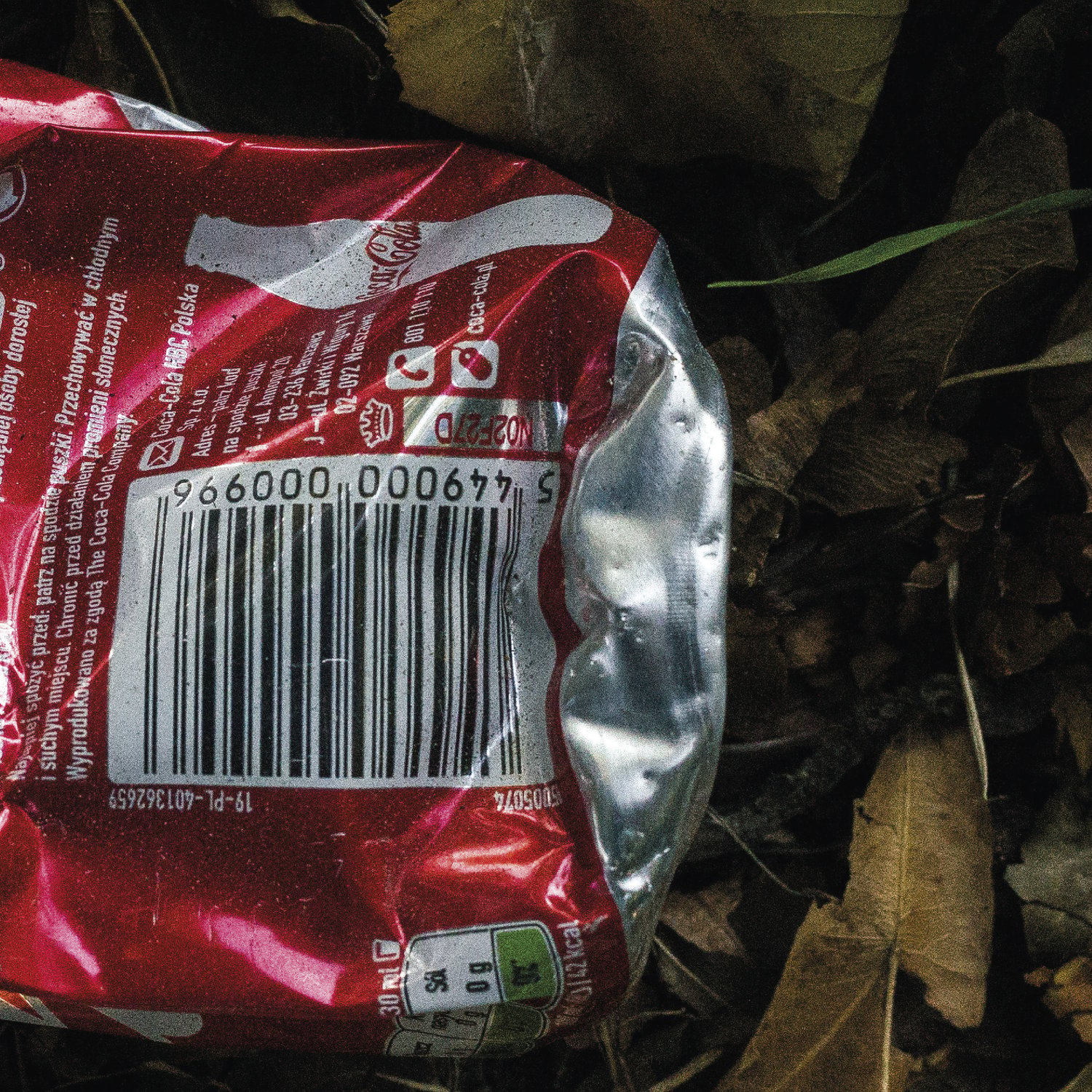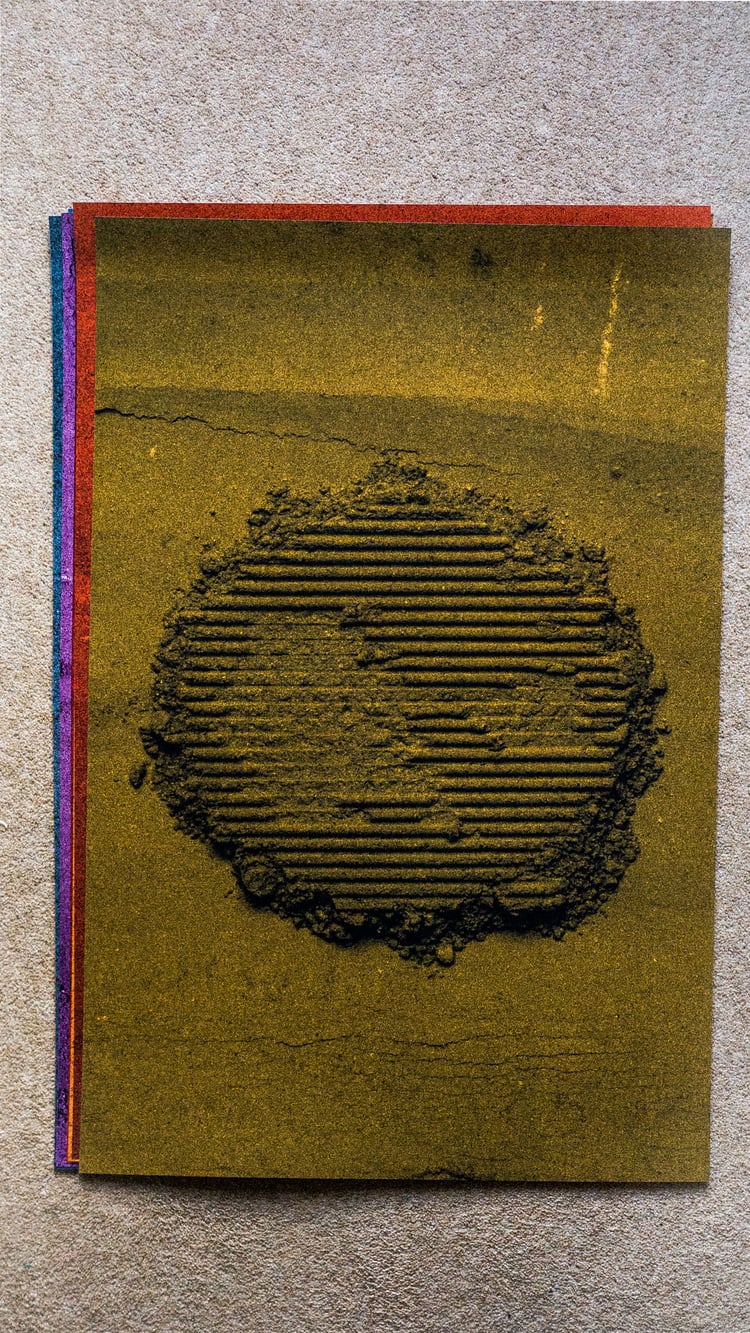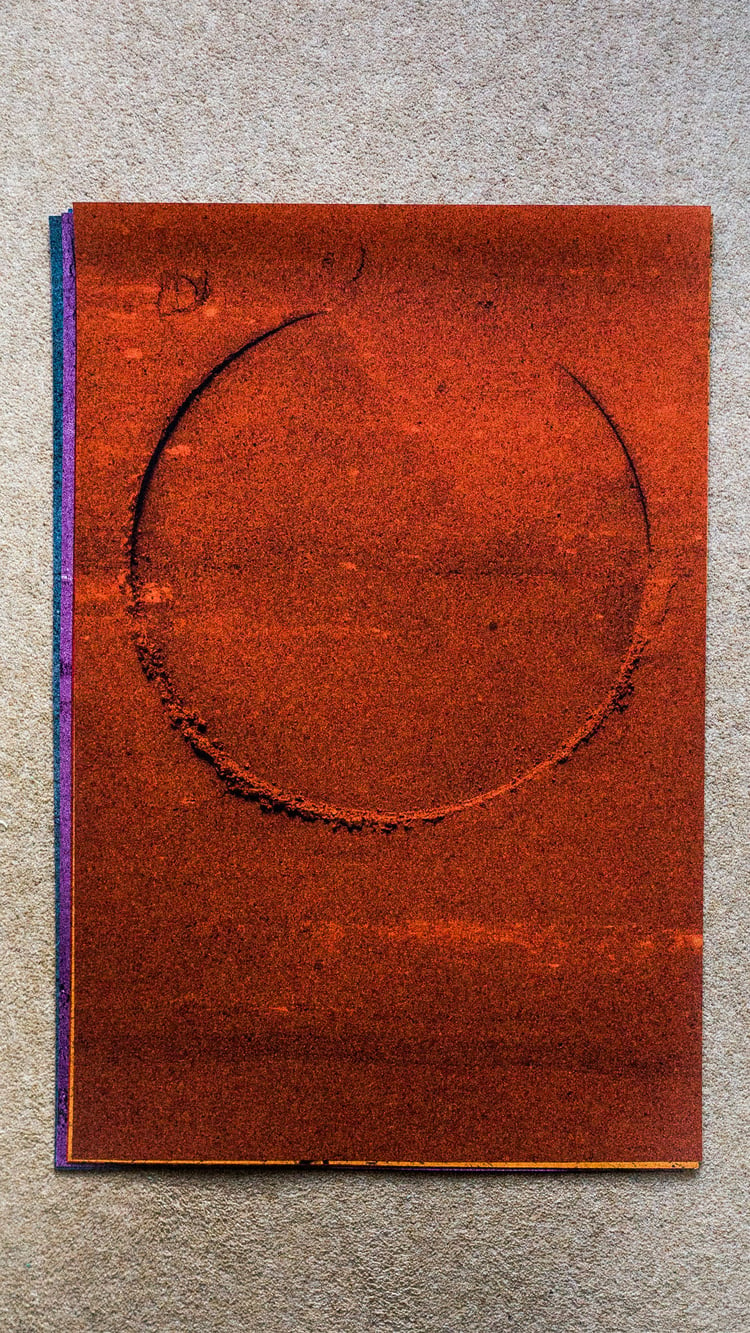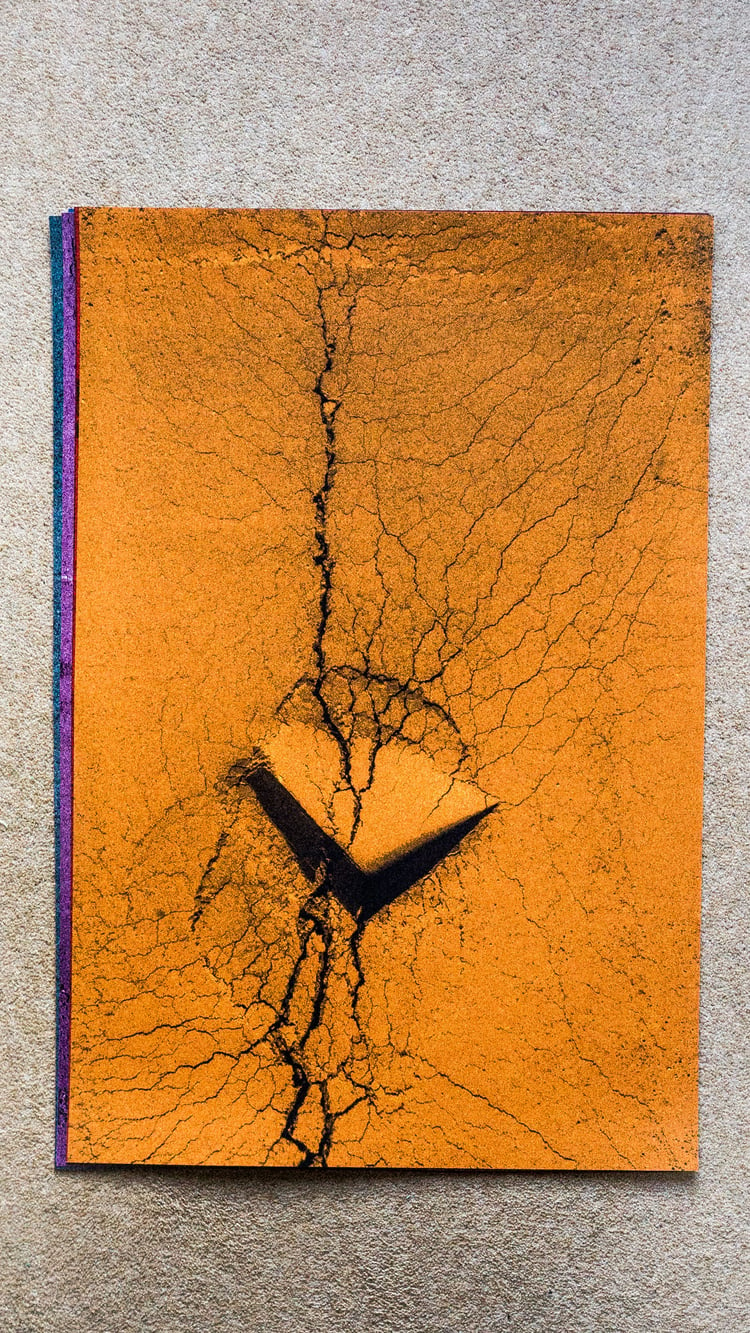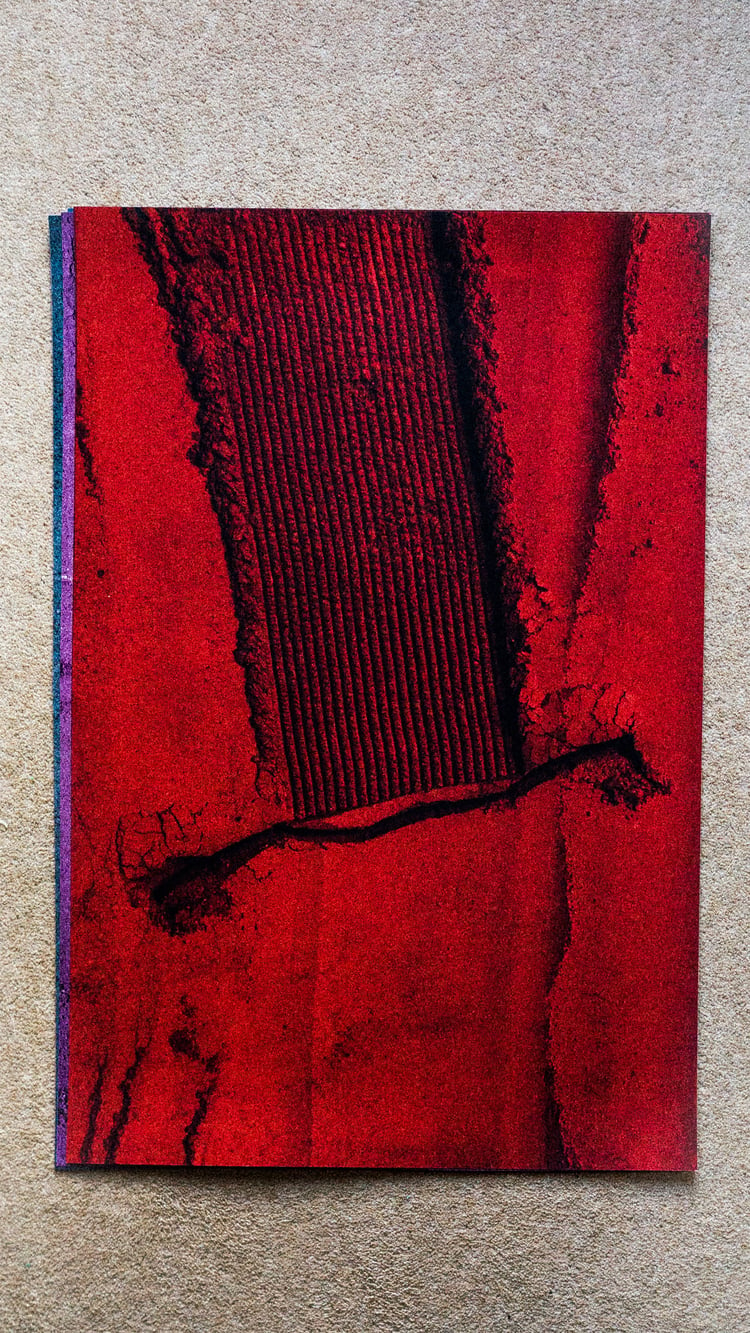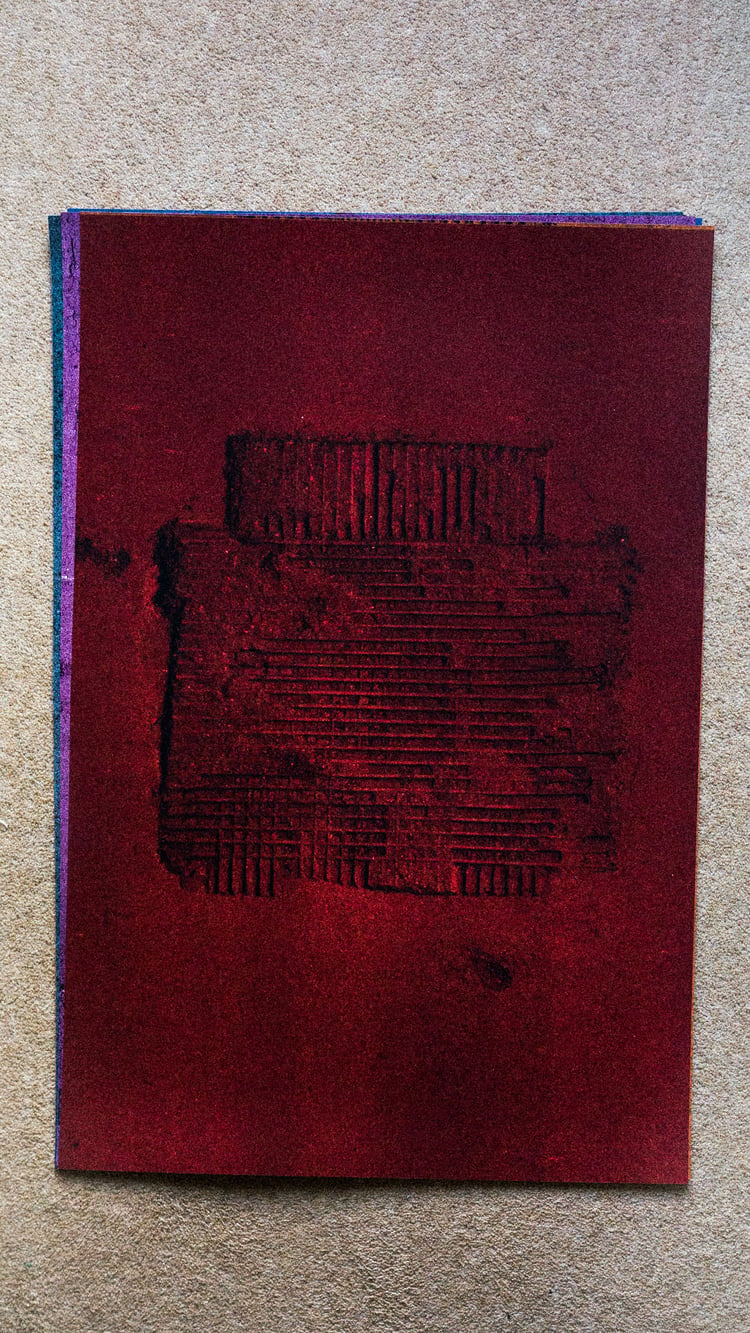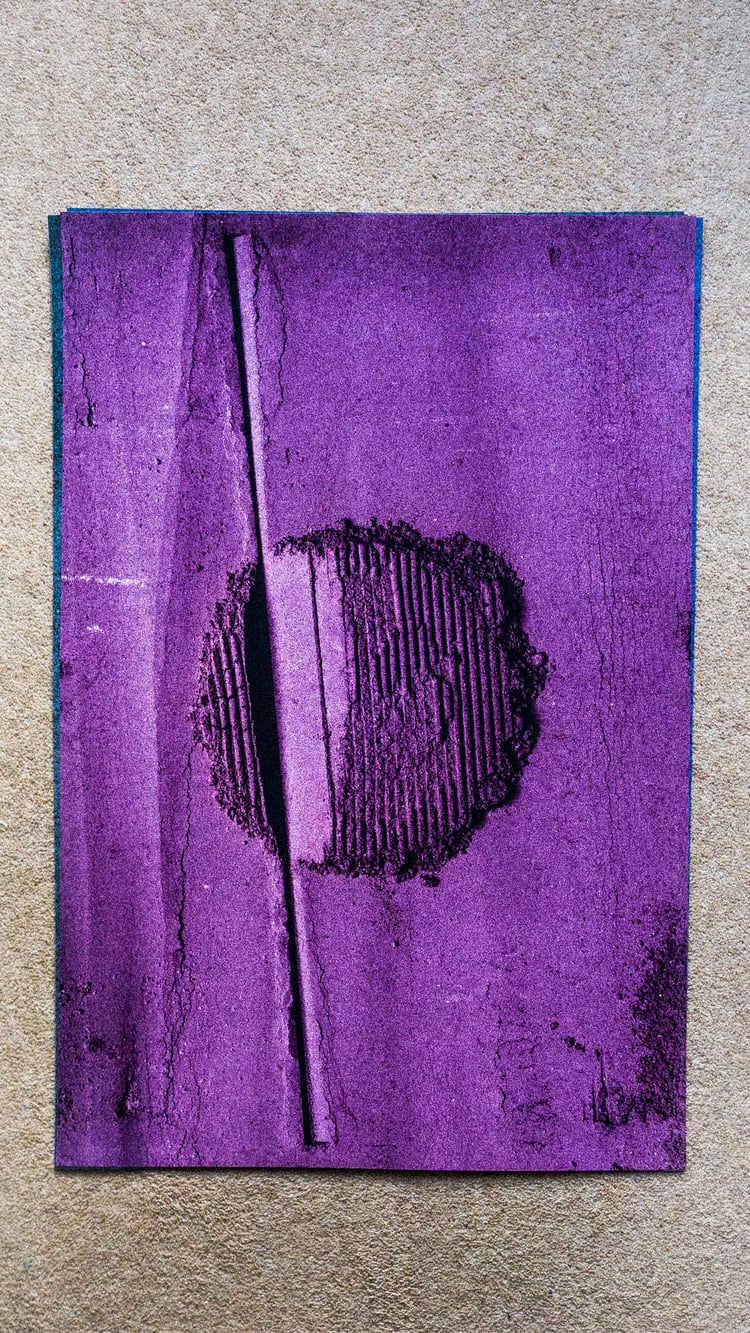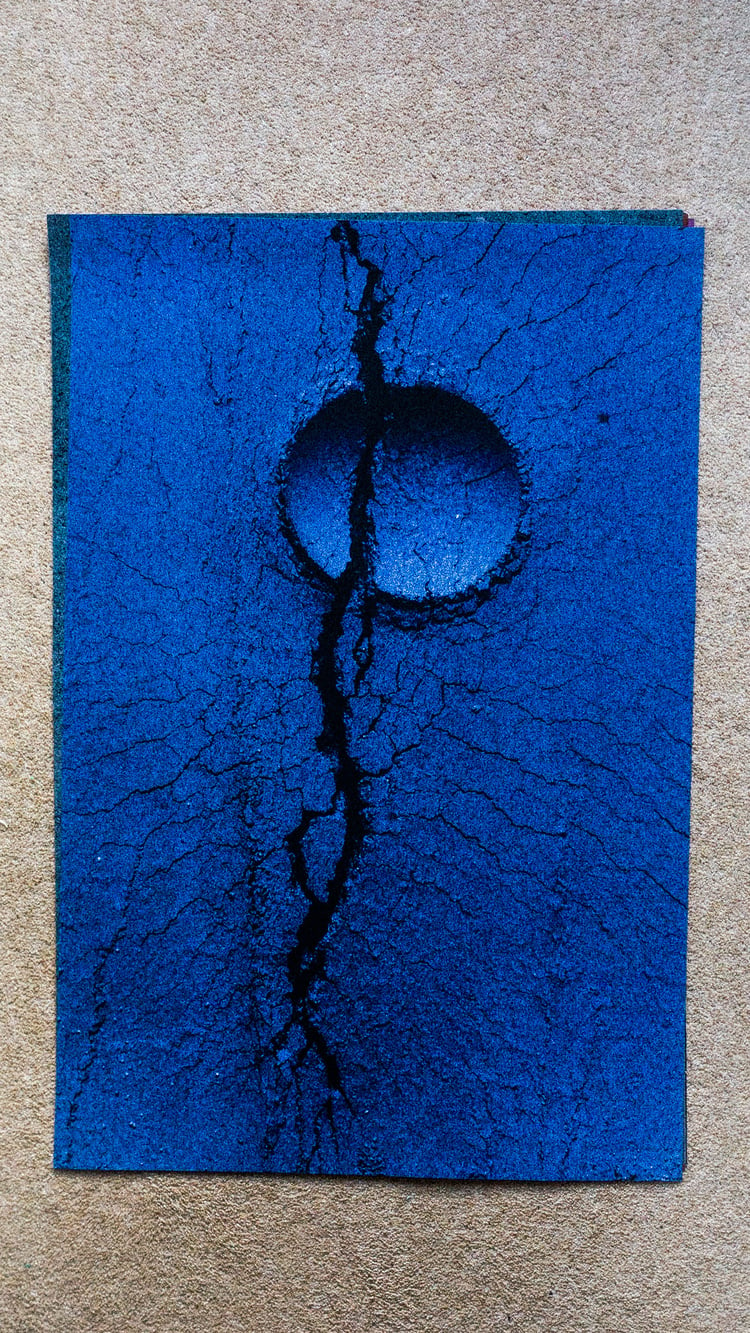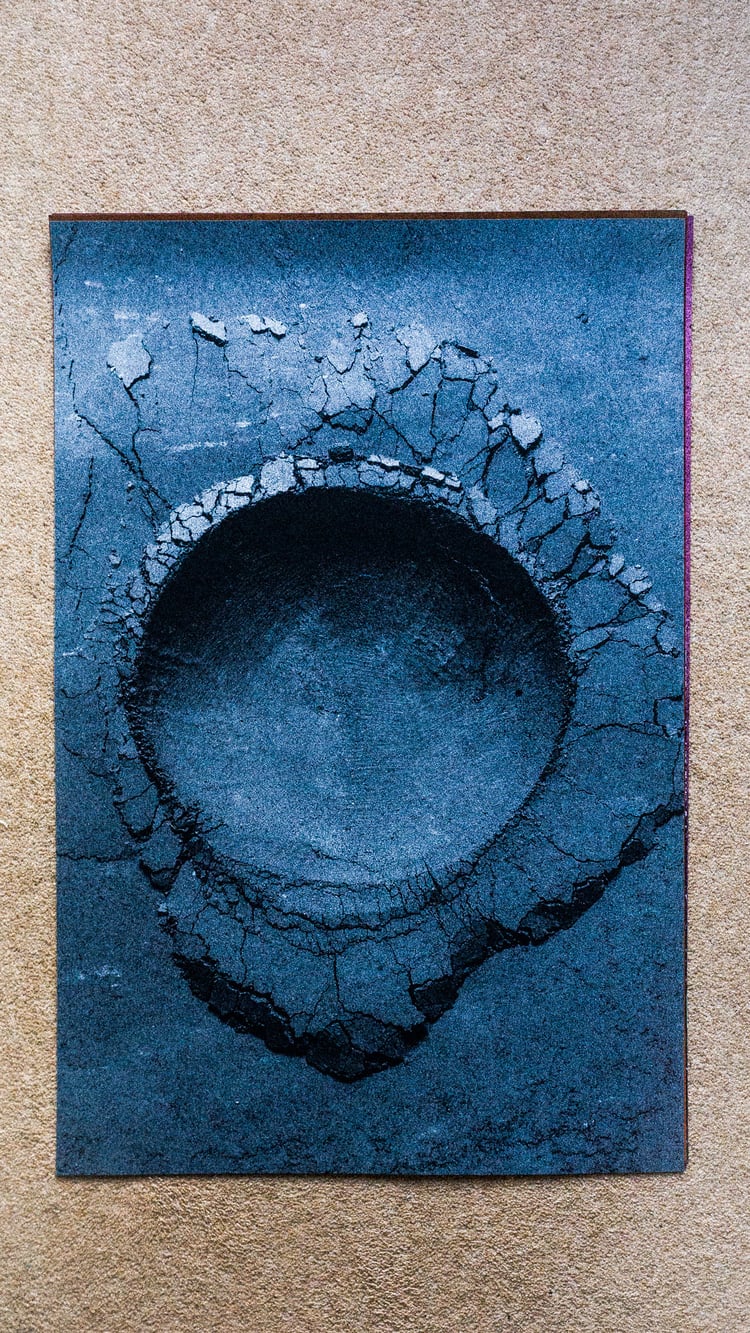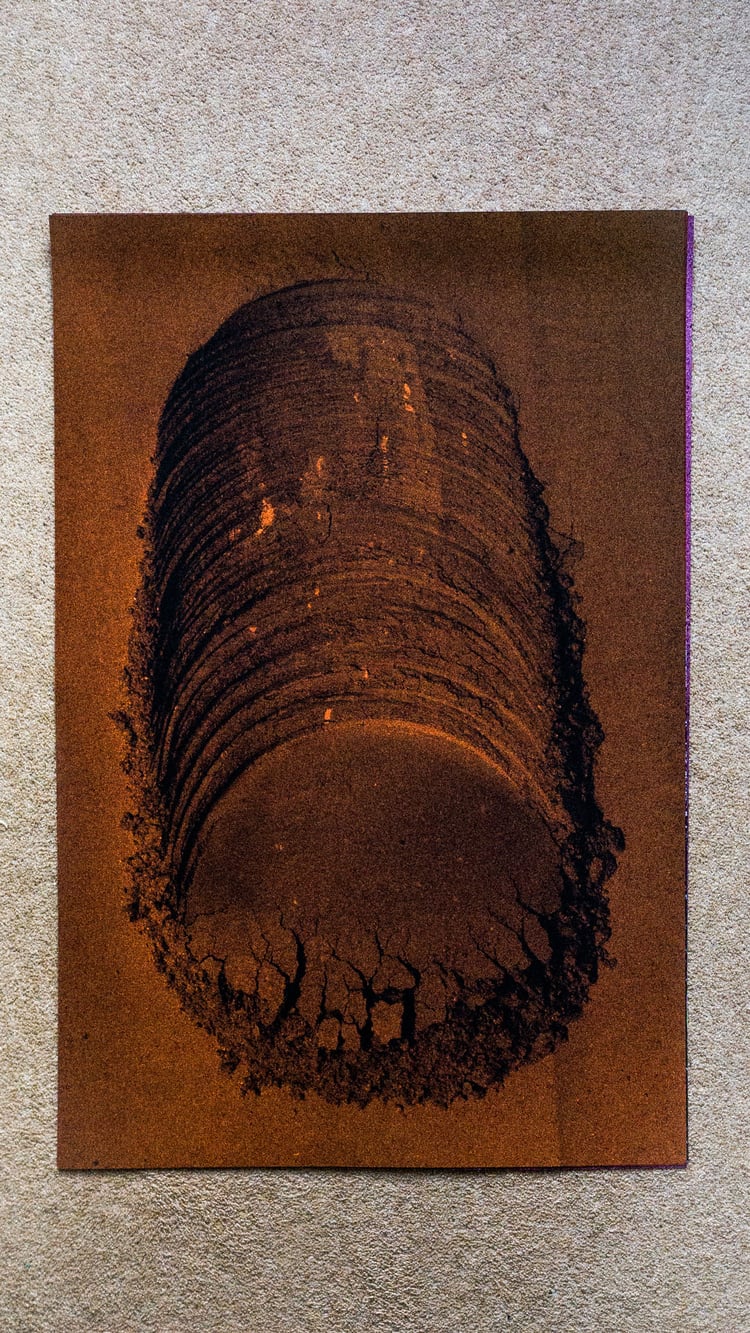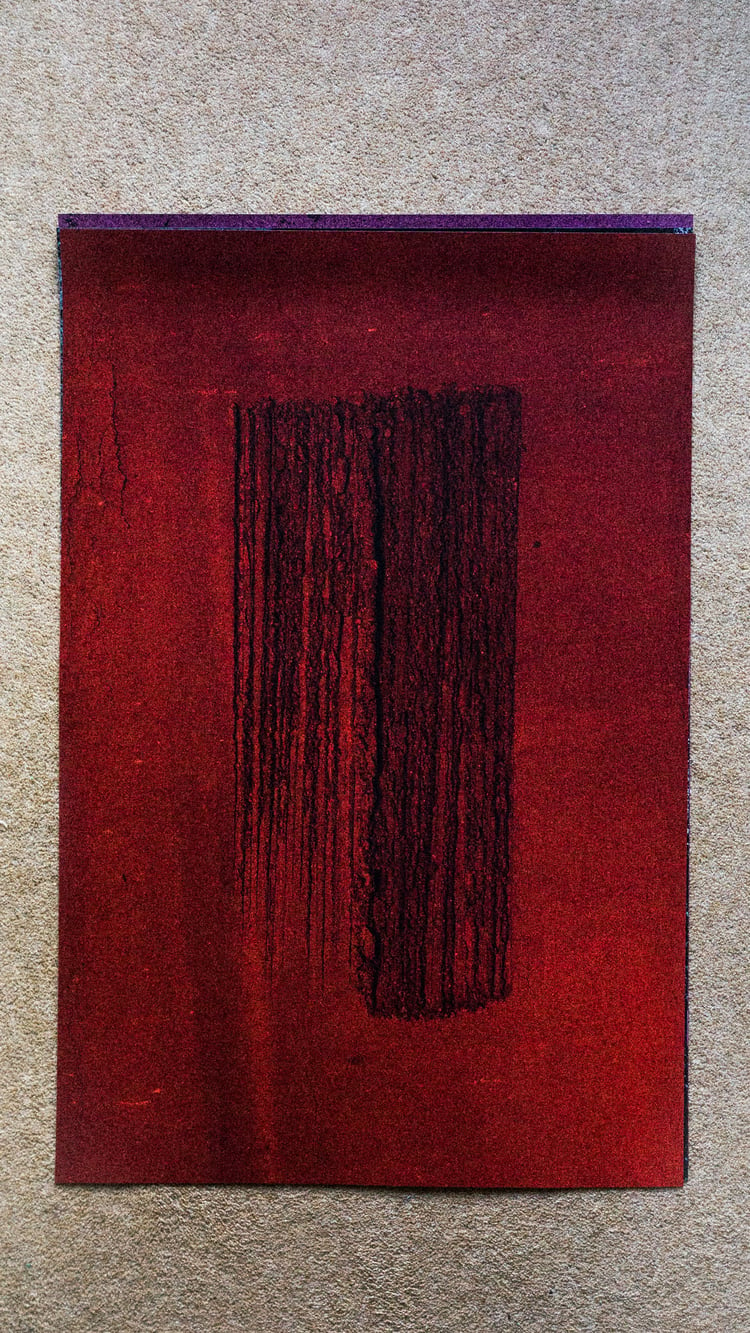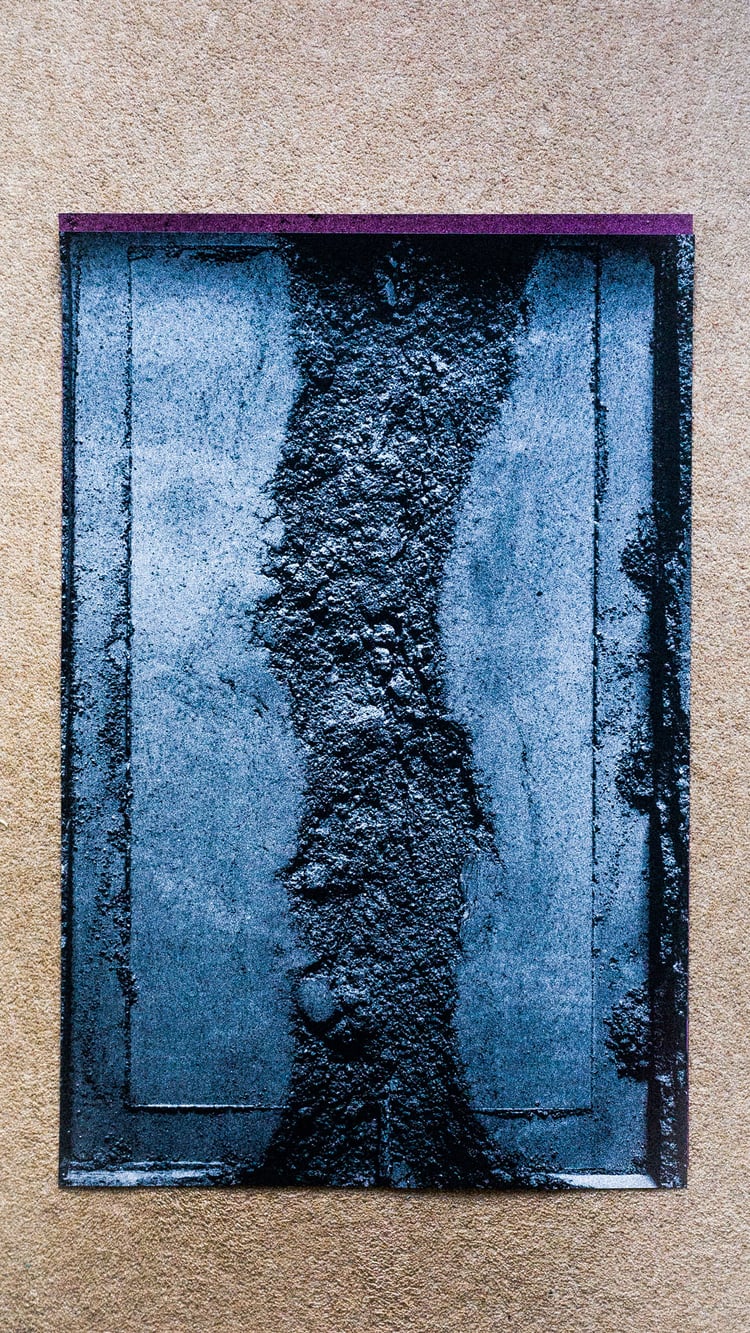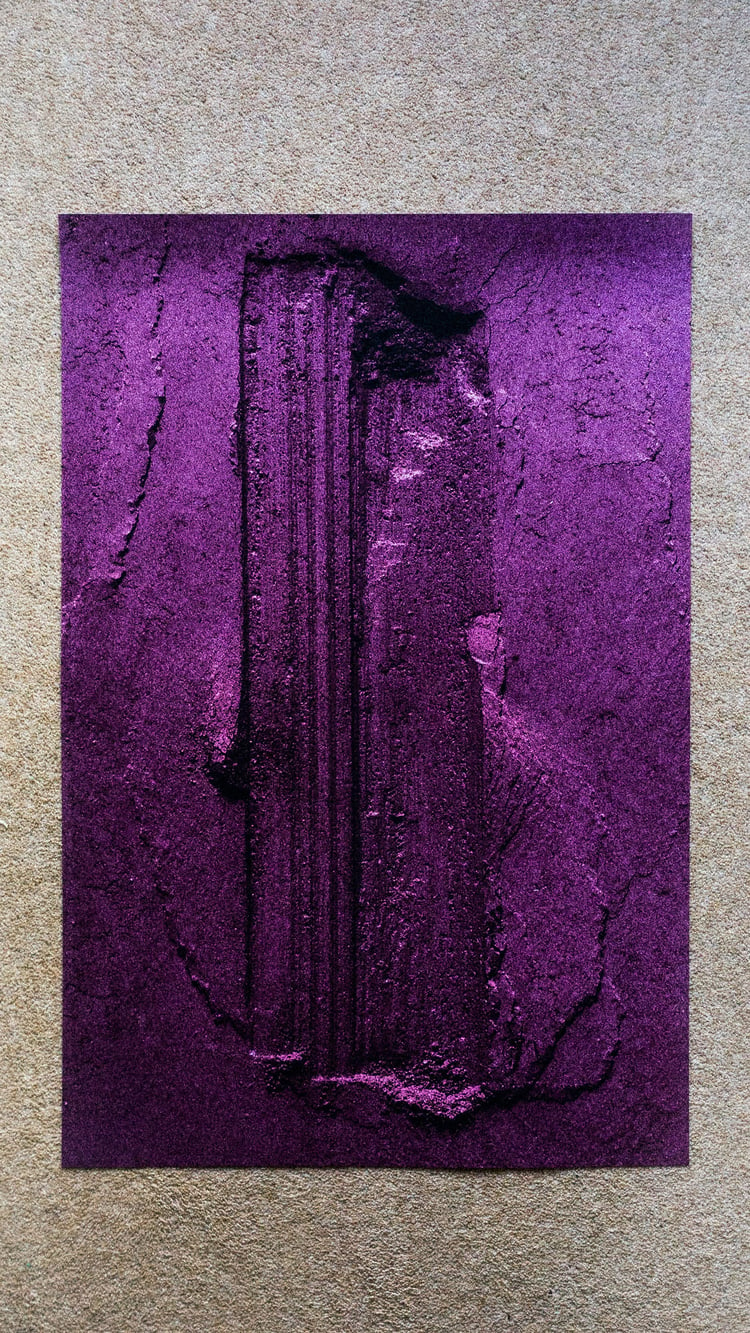Instagram - Branded Trash | cardopoli.
What is branded trash?
It is literally what the tin says.
My initial reflection when looking at all the trash surrounding my everyday going from A to B, whether walking, cycling, by train, at the airport, at the beach—literally anywhere—was the fact that all these logo bearing objects were doing something else than just littering: they were trying to tell me something, even post-mortem; they were passively communicating with me.
A can of Coca-Cola on the beach, to me, is the equivalent of a paid billboard on the side of a highway—perhaps less visible, but far more pervasive, long-lasting, and, most importantly, far more economical for the company given it's totally free.
The blame is shifted to the consumer, who is the one practically littering.
Moving forward: It is no secret that wealthier areas of the world are less likely to be heavily littered; this is due to a combination of factors including education, population density, and better and more reliable waste management services.
On the other hand, areas with a high concentration of housing, a lower educational index, and a lower income are more likely to be polluted or poorly waste-managed.
And here's the catch: if you look down on the street or at the unattended green areas, the same infamous brands—you name them—will always be popping up over and over again. The trash in those areas would reflect the actual consumption of those goods, reinforcing a specific product's dominance on the market even further. The thesis is clear: businesses have no interest in resolving the issue, the pollution created has nothing to do with them directly, and the advertising generated is both unsolicited and, most importantly, completely free. It's viciously genius.
Since the first iteration of the project, I have continued to investigate, photograph, and reflect on Branded Trash. My only conundrum is what AC Davidson of the University of Huddersfield pointed out, quite poignantly, about my work—a paradox that I was, and still am, very well aware of.
Adding an air of glossy value to ‘worthless’ waste, these images raise awareness of – and in doing so are complicit within - the enduring, free advertising of litter. This project brings to light the circulation of value that not only spurs further ecological destruction but accumulates deeply uneven benefits and losses.
→ AC Davidson, University of Huddersfield
Branded Trash: (In)voluntary product displacement
Featuring a collection of photographs taken between the UK, Portugal, Italy, and Slovenia, Branded Trash explores the concept of product displacement, highlighting the tragically ironic contrast between the intentional/unintentional placement of branded products in everyday life and their ultimate fate as discarded litter. While product placement in media aims to seamlessly integrate products into our perception of reality, blurring the lines between advertising and everyday life, product displacement reveals the unintended consequences of consumerism.
When products are correctly placed in their intended context, they seamlessly integrate into the illusion created by advertising, just like the agreement between a spectator and an actor in a performance.
This integration reinforces the desired connection between the consumer and the brand, maintaining the coherence of the narrative.
However, when a product is displaced and ends up as litter, it disrupts this illusion and agreement. The cognitive dissonance arises as the intended context is shattered, revealing the real-world consequences of consumerism. This rupture can be seen as a rip in the fourth wall moment, where the viewer is abruptly confronted with the consequences of their own role/actions as a consumer and the environmental impact of their choices. This disruption challenges the seamless integration of the product into the advertising illusion, exposing the underlying contradictions and prompting reflection on the true costs of consumer culture.
The photographs in "Branded Trash" capture the transformation of once-desirable branded products into litter, challenging the illusion created by advertising.
Branded Trash raises questions about consumer culture, environmental responsibility, the lasting impact of our choices, and most especially the responsibility of brands. It serves as a thought-provoking commentary on the paradoxical relationship between advertising, consumption, and the consequences of product disposal, encouraging viewers to reflect on the hidden costs behind the glossy images of branded products in everyday life.
The constant presence of logos and brands has become an integral part of our everyday existence, subtly influencing our consumer decisions. This phenomenon is not new; it has become so ingrained in our lives that we have come to accept and perceive it as a normal process.The sight of littered packaging, cans, and bags on our streets serves as an inadvertent form of advertising, a form of passive-aggressive publicity, granting companies free promotion without their active involvement. If you think that having your company associated with a pile of trash is bad, think again. There is no such thing as bad publicity.
The book is overloaded with images, texts, and information, in which my photography, from a strictly photographic point of view - gets a bit lost. That is intentional and by design; I want to reproduce in a way the complexity of the real world and create an artwork not easy to digest in one go, but to create a document one would want go back to over and over, a book full of trash but paradoxically a beautiful object to have on your coffee table, by the bed, in the toilet-wherever one does that kind of intermittent reading.
Copyright Notice
This ebook, is provided for personal use and is subject to the following terms and conditions. By downloading or accessing this ebook, you agree to be bound by these terms.
- Copyright Ownership: The content of this ebook, including but not limited to the text, images, illustrations, and any other intellectual property, is protected by copyright under UK common law and international treaties. The author, Enrico Policardo, retains all rights to the content.
- Limited Licence: You are granted a limited, non-exclusive, non-transferable licence to download, store, and read this ebook on your personal devices. You may not reproduce, distribute, modify, or create derivative works based on this ebook without the express written permission of the author.
- Prohibited Uses: Any unauthorised use of this ebook, including but not limited to reproduction, distribution, or modification, is strictly prohibited under UK common law. Such actions may constitute infringement and could result in legal action.
- No Warranty: This ebook is provided "as is" without any warranties, express or implied, including but not limited to warranties of accuracy, completeness, or fitness for a particular purpose. The author shall not be held responsible for any errors or omissions in the content.
- Liability Limitation: In no event shall the author be liable for any direct, indirect, special, incidental, or consequential damages arising out of the use or inability to use this ebook, even if advised of the possibility of such damages.
- Reservation of Rights: All rights not expressly granted in this notice are reserved by the author. Any use of the content not specifically authorised herein is prohibited.
- Contact: For inquiries regarding the authorised reproduction, distribution, or any other use of this ebook, please contact the author.
By downloading or accessing this ebook, you acknowledge that you have read and understood the terms and conditions of this copyright notice and agree to comply with them.
Enrico Policardo, 2024



